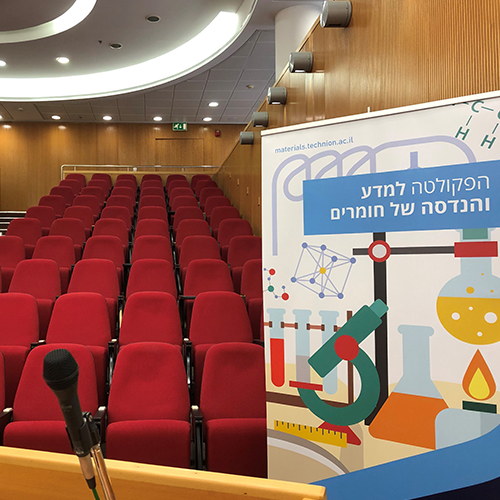
14/07/2025
David Wang Auditorium, 3rd floor, Dalia Maydan Bldg.
Mr. Shixian Huang – MSc candidate
Department of Materials Science and Engineering Technion – Israel Institute of Technology, Haifa
Most used anode material for Li-ion batteries (LIBs) is graphite benefiting from its low cost, high abundance, superior conductivity, good capacity retention, and long cycle-life. Thus far, various advanced active powders based on different graphite materials and elemental Silicon (Si), as well as other carbonaceous materials are being developed to improve the rate and capacity characteristics of LIBs. Yet, the performance of carbonaceous anodes suffers from the uncontrollable growth of solid-electrolyte interphase (SEI), which is a result of electrolyte components reduction and decomposition during the initial cycles. Various ex-situ and in-situ strategies have been suggested to overcome this problem. Among the most effective approaches are the fabrication of an artificial SEI (art-SEI) and the application of protective coatings. The former offers to address and tune specific properties, such as chemical composition, impedance, thickness and elasticity of the interfacial film. The latter reduces the irreversible capacity loss in the formation cycles. In this work, both strategies have been addressed. At first, art-SEI produced via the use of an atomic layer deposition (ALD) method on powdered graphite material was studied in terms of its composition, structure, and electrochemical performance. The results were compared with the parameters obtained for the natural SEI. In the second part of the research, Si-coating fabricated via magnetron sputtering on multi-walled carbon nanotubes (MWCNT) tissue was verified to suppress the extreme (ca. 103 mAh/g) irreversible capacity, which is one of the main factor preventing such flexible freestanding anodes from entering the market.


